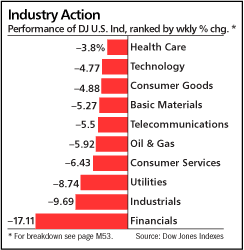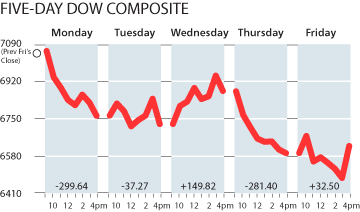The Financial Accounting Standards Board (FASB) issued Statement 157 ("Statement 157")in September 2006 to provide guidance about how entities should determine fair value estimations for financial reporting purposes. Statement 157 broadly applies to financial and nonfinancial assets and liabilities measured at fair value under other authoritative accounting pronouncements. However, application to nonfinancial assets and liablities is deferred until 2009. Absence of one single consistent framework for applying fair value measurements and developing a reliable estimate of a fair value in the absence of quoted prices has created inconsistencies and incomparability. The purpose of this guidance is to eliminate the inconsistencies by developing a solid framework to be used in any fair value measurements.
Statement 157 defines fair value as follows: the price that would be received to sell an asset or paid to transfer a liability in an orderly transaction between market participants at the measurement date. This is sometimes referred to as "exit value."
Statement 157 emphasizes the use of market inputs in valuing an asset or liability. Examples of specific market inputs mentioned include: quoted prices, interest rates, yield curve, credit data, etc. Fair value is, by definition, derived from a current transaction which happens in an active market with knowledgeable and unrelated parties. When fair value is not available due to the lack of an actual transaction, it is logical to use information from an active market. However, sometimes quoted prices might not represent the best estimate of fair value.
The basis of the framework centers on a fair value hierarchy which indicates reliability of inputs used to estimate fair value. The hierarchy is broken down into three levels:
Level One
This is for liquid assets with quoted prices. For instance, the price of a listed security. This level requires the use of unadjusted quoted prices from an active market for identical assets or liabilities. To use this level, the entity must have immediate access to the market (could exchange in current condition). If more than one market is available, Statement 157 requires the use of the “most advantageous market.” Both the price and costs to do the transaction must be considered in determining which market is the most advantageous market.
Level Two
This is valuation based on market observables. For instance, the price of an option based on Black-Scholes and market implied volatility. Within this level, fair value is estimated using a valuation technique. Significant assumptions or inputs used in the valuation technique requires the use of inputs that are observable in the market. Examples of observable market inputs include: quoted prices for similar assets, interest rates, yield curve, credit spreads, prepayment speeds, etc. In addition, assumptions used in estimating fair value must be assumptions that an unrelated party would use in estimating fair value.
Level Three
This is valuation based on non-observable assumptions. Within this level, fair value is also estimated using a valuation technique. However, significant assumptions or inputs used in the valuation technique are based upon inputs that are NOT observable in the market and, therefore, necessitates the use of internal information. The entity may only rely on internal information if the cost and effort to obtain external information is too high. In addition, financial instruments must have an input that is observable over the entire term of the instrument. While internal inputs are used, the objective remains the same: estimate fair value using assumptions a third party would consider in estimating fair value.
Wednesday, October 1, 2008
Subscribe to:
Post Comments (Atom)



No comments:
Post a Comment